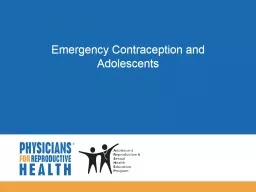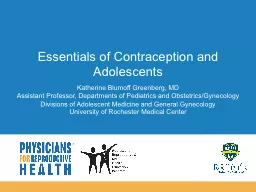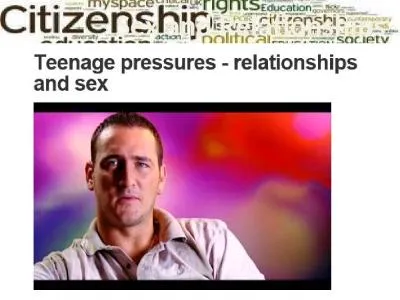PPT-Ground Rules Sex and Contraception
Author : test | Published Date : 2018-12-09
What do you think this educational advert might be trying to say Ground Rules Sex and Contraception Ground Rules Aims To know what a sexually transmitted infection
Presentation Embed Code
Download Presentation
Download Presentation The PPT/PDF document "Ground Rules Sex and Contraception" is the property of its rightful owner. Permission is granted to download and print the materials on this website for personal, non-commercial use only, and to display it on your personal computer provided you do not modify the materials and that you retain all copyright notices contained in the materials. By downloading content from our website, you accept the terms of this agreement.
Ground Rules Sex and Contraception: Transcript
Download Rules Of Document
"Ground Rules Sex and Contraception"The content belongs to its owner. You may download and print it for personal use, without modification, and keep all copyright notices. By downloading, you agree to these terms.
Related Documents














